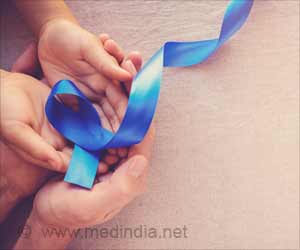Advances in medical science are opening new possibilities for prospective parents - and new challenges for legislators.
Advances in medical science are opening new possibilities for prospective parents - and new challenges for legislators, as indicated by two reports in the current issue of the Medical Journal of Australia.
An article from Dr David Molloy, Clinical Director of the Queensland Fertility Group, and colleagues reports the first two pregnancies in the medical literature resulting from fertilisation of eggs that had been cryopreserved earlier for social rather than medical reasons.The two women used the new technology to freeze and store their eggs when they were aged in their late 30’s until their social circumstances were more favourable to starting a family. Both are now in the late stages of pregnancy.
“This technology is expanding options for women who are choosing to have babies later in life,” says Dr Molloy.
“One in seven first-time mothers in 2005 (13.3 %) were aged over 35, compared with only 7.6 % in 1996,” Dr Molloy says. But pregnancy rates decrease exponentially after the age of 37 and enter an accelerated decline after the age of 40.
Freezing oocytes at a younger age for later use creates a form of insurance against age-related fertility decline. Use of oocytes harvested and frozen from women under the age of 35 years may more than double their chances of pregnancy at age 41, Dr Molloy says.
Another article introduces potentially more controversial ethical issues and a dilemma for emergency department staff. The report examines two hypothetical scenarios where there is a request for sperm to be removed from dead or dying patients for later use.
Advertisement
“There’s a paradox in which sperm may be legally harvested in Victoria with the consent of the man’s wife or de facto wife, but cannot lawfully be used without the man’s own written consent,” Associate Professor Buist said.
Advertisement
Source-MJA
SRM









